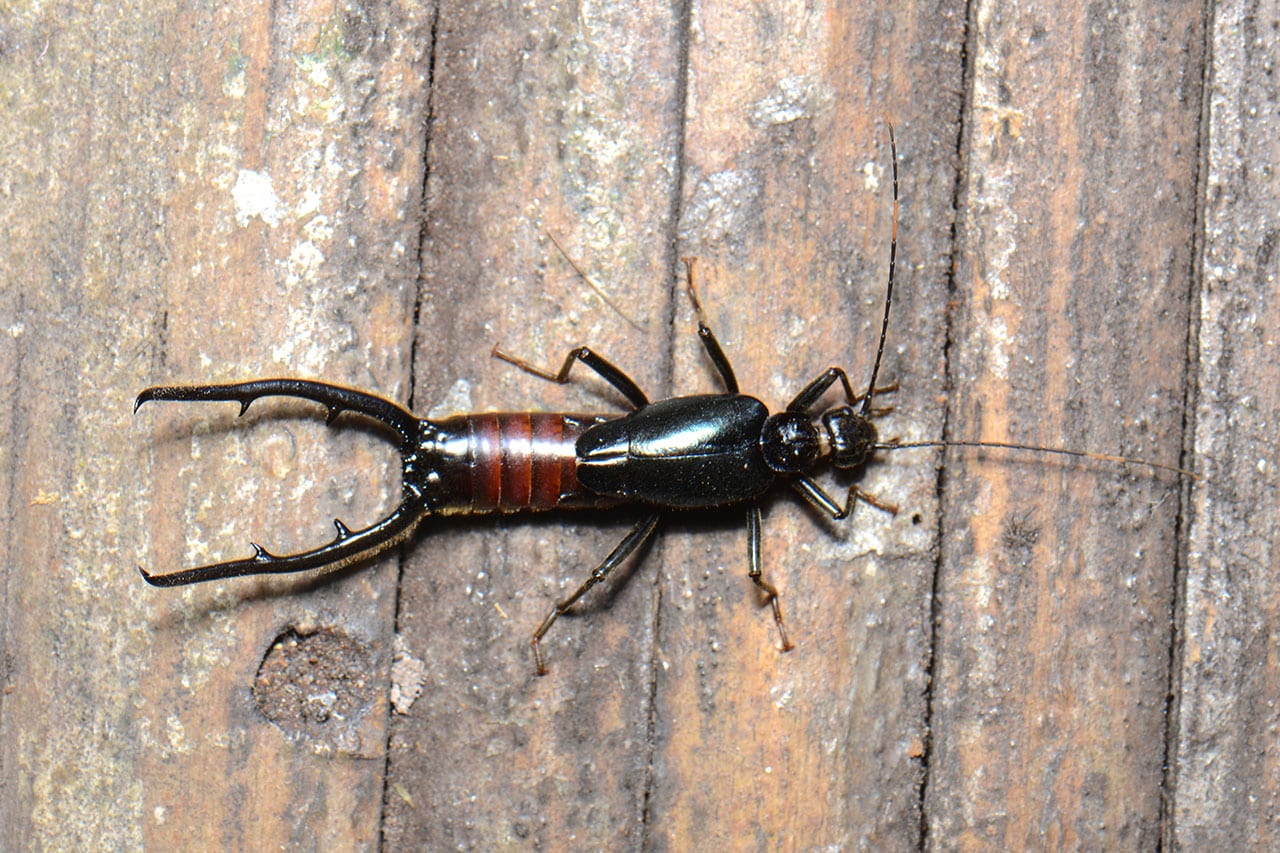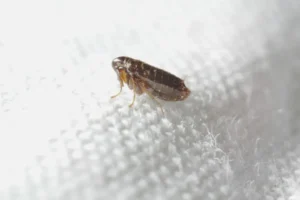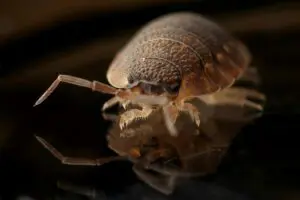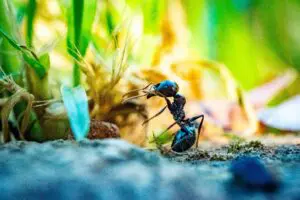

Navigating Florida's warm and humid environment brings encounters with various insects, including the intriguing earwig. This article focuses on identifying and preventing earwigs in the Sunshine State, offering insights into their distinctive features and habits. Learn how to recognize these nocturnal creatures, understand their preferences, and implement effective measures to keep them at bay. Whether you're a home or business owner, gardener, or simply curious about Florida's insect biodiversity, this guide provides valuable tips about earwigs in the unique ecosystems of the region.
Earwigs: A Distinctive Florida Bug
Earwigs are small insects characterized by elongated bodies ranging from 5 to 25 millimeters in length. They have distinctive pincer-like appendages at the end of their abdomen, known as cerci, which resemble forceps. These forceps are used for defense, mating, and handling prey. Earwigs have flattened bodies with segmented antennae and prominent, well-developed wings folded beneath short forewings. Their coloration varies, often ranging from dark brown to reddish-brown, and some species may exhibit markings or patterns.Preferred Habitat: Unveiling Earwigs in Florida
Earwigs prefer habitats characterized by moisture and organic matter. They thrive in diverse environments, commonly found in gardens, flowerbeds, and under mulch or decaying vegetation. These nocturnal insects are drawn to damp areas, seeking shelter in dark and moist crevices during the day. Their preferred habitats include spaces with ample hiding spots, such as under rocks, logs, or loose bark on trees. Earwigs also exhibit a preference for areas with rich soil, as it provides a suitable environment for feeding on decomposing plant material and small insects. Gardens and agricultural fields with a mix of vegetation and soil are ideal locations for earwigs to thrive. While they are adaptable and can tolerate various conditions, the presence of moisture and hiding places is essential for their survival. Overall, earwigs demonstrate a remarkable ability to inhabit a range of environments, contributing to their widespread distribution across different ecosystems.Habits and Behavior: Are Earwigs Nocturnal?
Earwigs are primarily nocturnal, displaying heightened activity during the night. In the daytime, they seek shelter in dark, concealed places like crevices, under rocks, or in vegetation to avoid predators and harsh environmental conditions. Their nocturnal behavior helps them efficiently forage for food and reproduce under the cover of darkness. Nesting habits vary among species, but earwigs typically construct nests in soil or other suitable substrates. They use their pincer-like appendages, known as cerci, to defend their nests and engage in intricate mating rituals. The nests serve as protective shelters for eggs and young nymphs, fostering a secure environment for their development. As omnivores, earwigs have a diverse diet. They feed on decaying plant matter, insects, and organic debris, contributing to nutrient recycling in ecosystems. Their scavenging behavior benefits gardens and agricultural fields by helping control pest populations. Despite their intimidating appearance, earwigs are generally harmless to humans and serve ecologically valuable roles in maintaining balance within their habitats.Earwigs: Harmless or Hazardous?
Earwigs are generally not dangerous to humans. Despite their menacing appearance with pincer-like appendages, earwigs do not pose significant hazards. Contrary to a common myth, they do not crawl into human ears, as their name might suggest. Earwigs are more focused on their nocturnal activities, including foraging for food and reproducing, rather than seeking human interaction. While earwigs may pinch if handled, their pincers are not powerful enough to cause harm to humans. However, in large numbers, earwigs can become a nuisance, potentially damaging plants or crops. They are opportunistic feeders, and an abundance of earwigs might result in minor plant injuries. Nevertheless, they are not considered a serious threat to crops or vegetation. In short, earwigs are not dangerous to humans, and the perceived hazards are often exaggerated.Earwigs in Your House: Causes
Earwigs can enter homes and businesses through small openings, cracks, or gaps in doors, windows, or foundation walls. They are attracted to moisture and warmth, seeking shelter in dark, humid areas. Common entry points include gaps around pipes, vents, and damaged window screens. Once inside, they may hide in damp areas such as bathrooms, kitchens, or basements. Factors contributing to earwig infestations involve outdoor conditions. Excessive moisture around the building, accumulated organic debris, or overgrown vegetation near entry points can attract earwigs. Improper drainage or leaky pipes may create favorable environments, encouraging these insects to seek refuge indoors.How To Prevent Earwigs
To prevent earwig infestations and minimize their presence in and around your property, consider the following measures:- Seal Entry Points: Inspect and seal cracks, gaps, and openings in doors, windows, and foundation walls. Install weather stripping around doors and windows to create a barrier.
- Maintain Proper Ventilation: Ensure adequate ventilation in basements, crawl spaces, and attics to reduce humidity. Use dehumidifiers in damp areas to create a less favorable environment for earwigs.
- Ensure Proper Drainage: Address any water leaks or drainage issues around your home or business promptly. Ensure that gutters are clean and effectively channel water away from the foundation.
- Remove Attractants: Trim and maintain vegetation around the perimeter of your home or business, as overgrown plants can attract earwigs. Keep a clear zone of at least one foot between the foundation and vegetation.
- Outdoor Cleanup: Regularly clean up organic debris, mulch, and decaying plant matter around the yard. Dispose of leaf litter, grass clippings, and other organic materials away from the building.
- Lighting Considerations: Use yellow or sodium vapor lights for outdoor lighting, as these are less attractive to insects than white lights. Position lights away from doors and windows to reduce their attractiveness to earwigs.
- Regular Inspections: Periodically inspect potential hiding spots such as stacked firewood, rocks, and garden debris. Check for and address any water accumulation in trays under potted plants.
- Natural Predators: Encourage natural predators of earwigs, such as birds and ground beetles, by maintaining a diverse ecosystem in your yard and garden.






